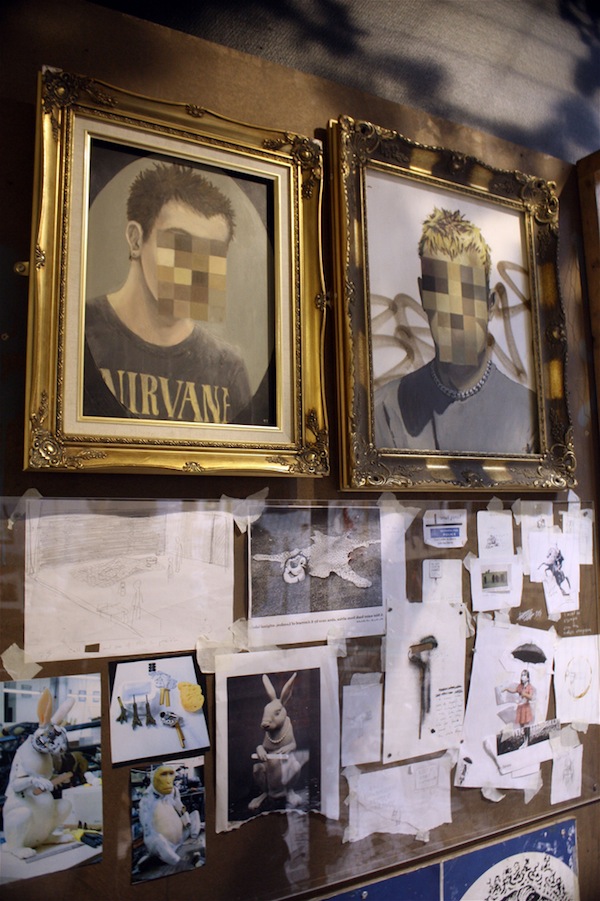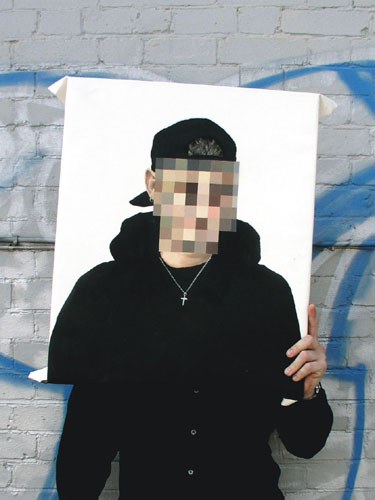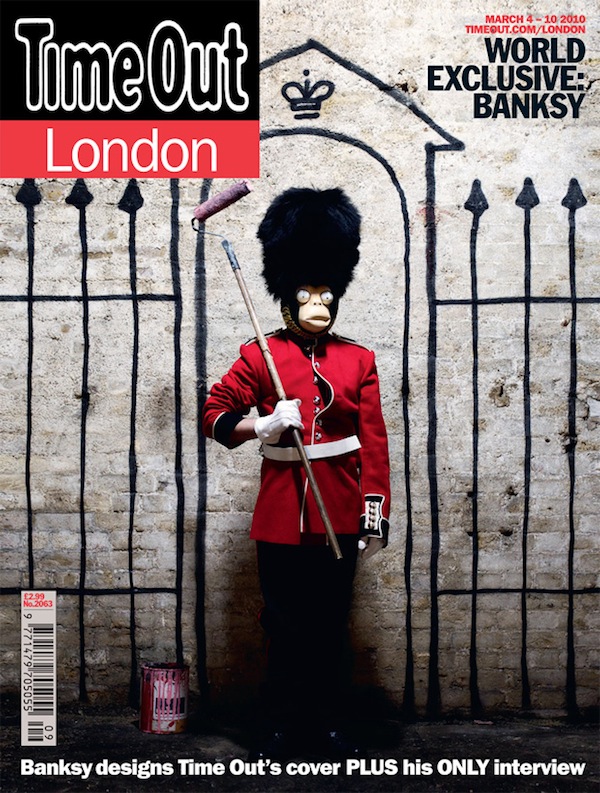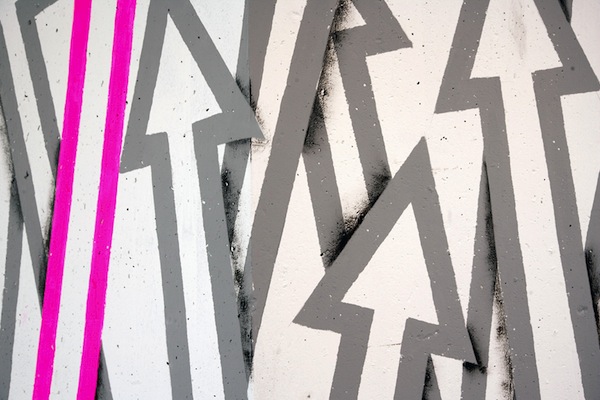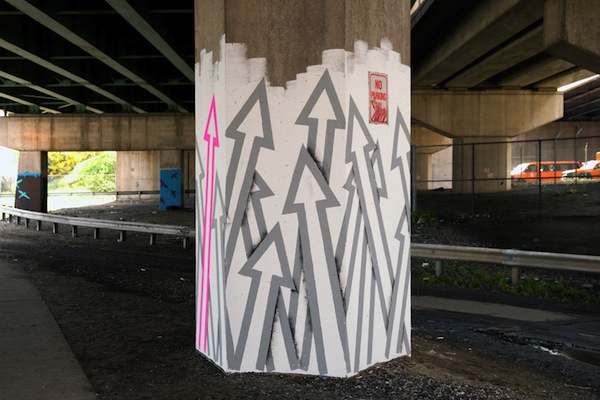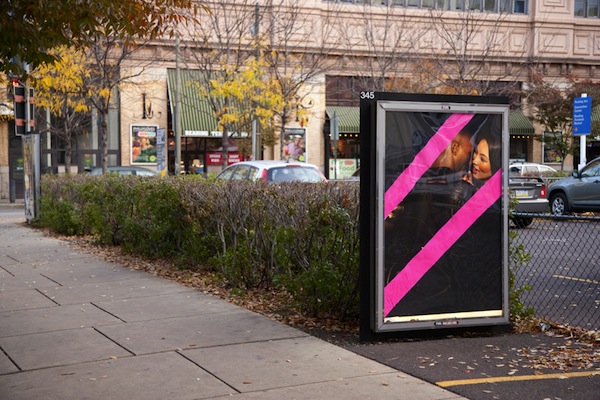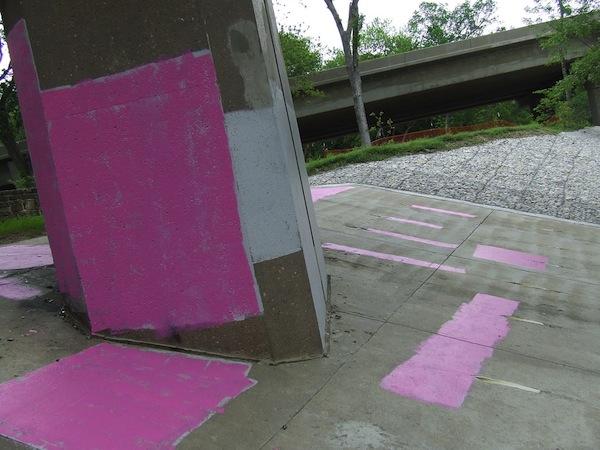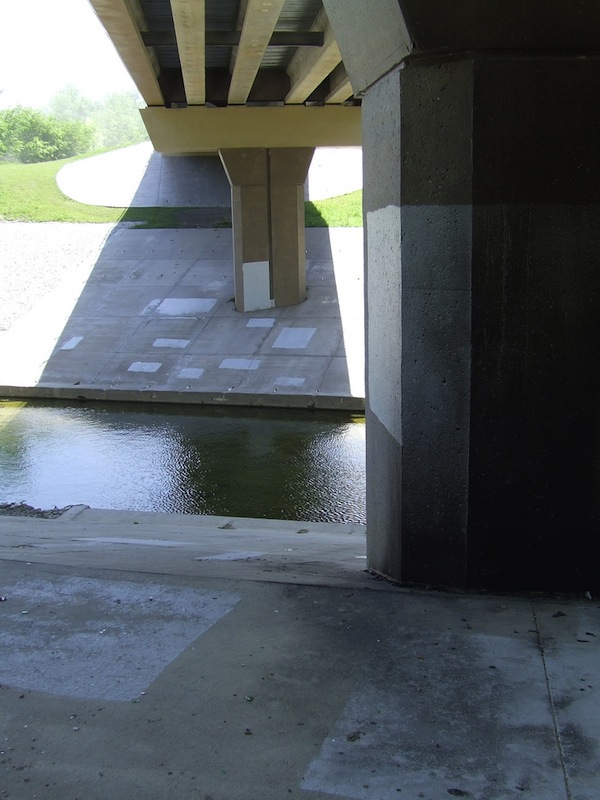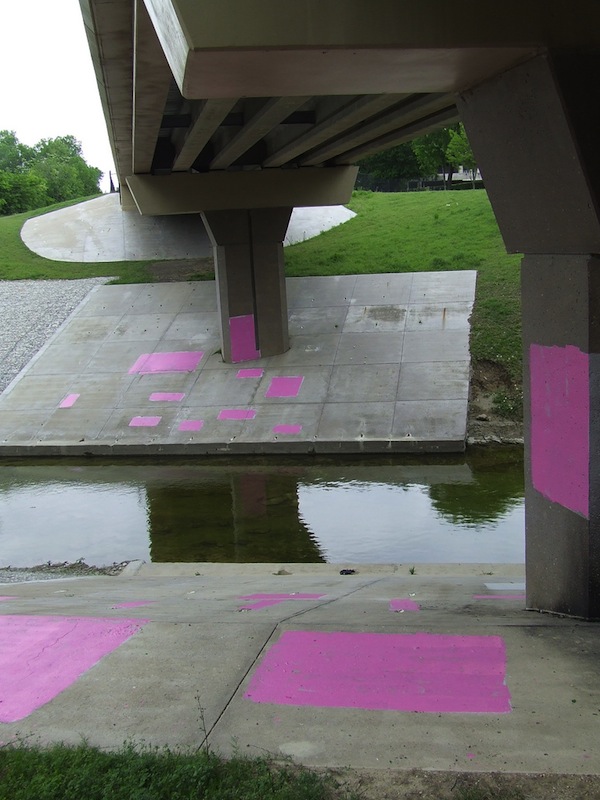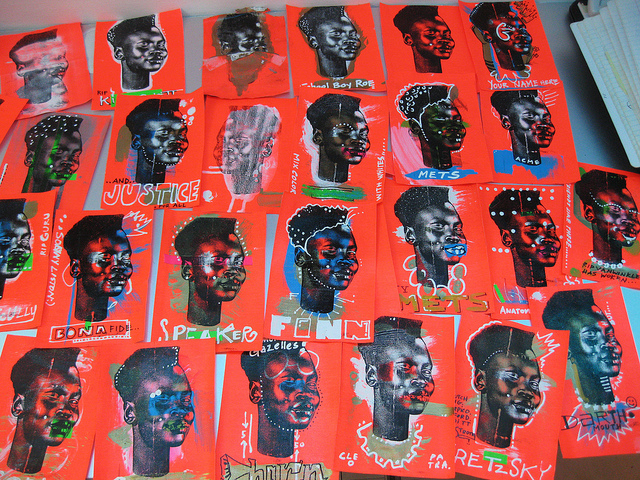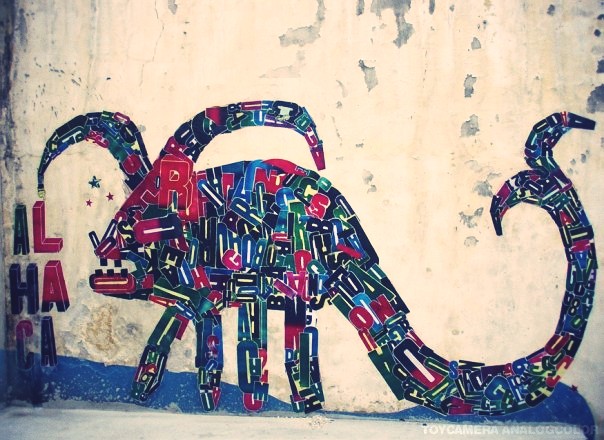
I recently had the immense pleasure to speak at the Phillips Collection in DC on a panel with three figures who I have always looked up to since beginning a street practice, Chris Mendoza, David Ellis and Romon Kimin Yang. The conversation was opened and framed by curator Klaus Ottmann with a passage by Wittgenstein that I feel succinctly embodies what I have personally been striving to achieve within my own work: “Ethics and aesthetics are one.” In such light, good art, is the balance between ethics and aesthetics, between the depth and appearance.
Yet this post is not about that weekend, it is the presentation of two works by renowned multidisciplinary artists Alfredo Jaar. I have personally attended a lecture of his works and I can attest that not only is he erudite, and an exceptional public speaker, but his work is truly a successful marriage of ethics and aesthetics. So, following up on the last post regarding the Times Square projects, without further ado, here are the pieces in two parts Lights in the City (1999) and Why (2008), which I will present a little later

“Lights in the city, 1999
Mois De La Photo a Montreal
Montreal
Approximately a hundred thousands watts of red lights have been installed in the Cupola of the Marché Bonsecours, a landmark monument in the old Montreal.
Detonating devices have been placed in the Accueil Bonneau, la Maison Eugénie Bernier and la Maison Paul Grégoire, homeless shelters located within 500 yards of the Cupola. Every time a homeless person enters any of these shelters, they are free to push the buttons and the red light will flash in the Cupola.
This project can be read in many ways:
First, a “photograph” is taken every time a human being asks for help (a light flashes as if a photograph is being taken). This “photograph” respects the privacy and dignity of the “homeless” person (there is no “material image”) while at the same time sends a sign (a red light) to society about his or her condition, a condition that is clearly unacceptable within the context of one of the richest cities in North America.
Second, the red light also can be read as a threat of fire, like all the successive fires that destroyed the Cupola of the Marché Bonsecours more than once during the course of its history. This sign of “fire”, which has meant tragedy for the Cupola, is now a sign of another tragedy, homelessness. And this time, tragedy (fire) is threatening not the Cupola, but society itself.
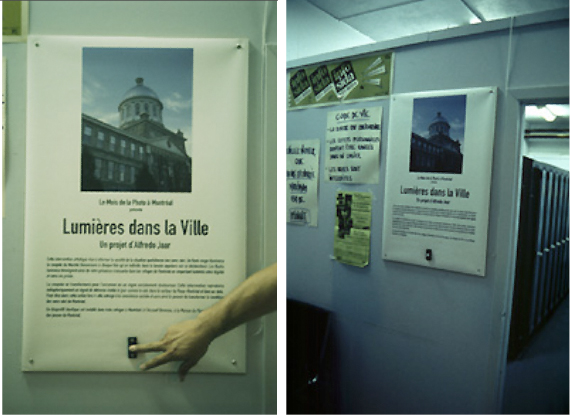
A last utopian thought:
Eventually all the shelters for homeless people in Montreal could be wired and connected to the Cupola. This way, a major landmark and historical monument in the city would be acting as a non-stop lighthouse, producing endless, painful distress signals to society.
With enough media coverage and public outrage and support triggered by these ongoing distress signals, homelessness could be completely eradicated from Montreal.”







